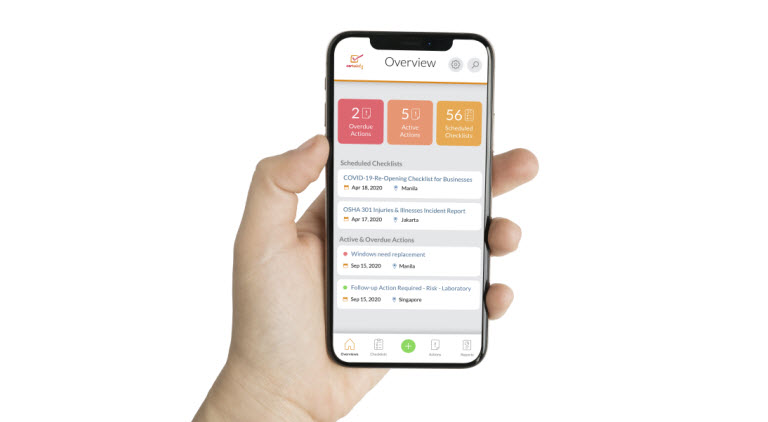
A Corrective Action Plan (CAP) is a step-by-step tool that addresses negative actions within business operations by offering the actions necessary to correct errors and return operations to meet standards and targets. The plan also instills preventive action to future similar situations from reoccurring.
Why is a Corrective Action Plan Important?
One of the largest benefits of having a Corrective Action Plan is how it streamlines the solution discovery process when negative actions occur. Rather than acting upon spontaneous solutions that may be futile, it offers a stable reference point to implement corrective actions while maintaining workflows. There are numerous other benefits which include:
- Discovering improved processes
- Increasing efficiency
- Constructing more cost-effective solutions
- Identification of ineffective standards
How to Make a Corrective Action Plan?
Whether it’s building from scratch or using a template, Corrective Action Plans should generally follow this six-step process to establish a thorough plan that accounts for the building, implementation, and review stages of the corrective action process.
Step 1: Build a corrective action program team
Team members should include individuals with differing contributions within the work process. This could range from management to human resources, to general staff. Having differing vantage points can produce better solutions for the remaining steps.
Step 2: Identify fault(s) of problem
With a diverse team building the plan, team members can now collectively identify non-conformances relating to the incorrect action that occurred. It’s important to not only identify the primary fault but additionally the related issues intertwined within the problem.
Step 3: Find the root cause(s)
After all the faults have been identified, the team should conduct a root cause analysis which will prevent the team members from incorrectly scraping the surface of the problem rather than uncovering the underlying cause(s).

30+ Audit and inspection checklists free for download.
Step 4: Determine possible corrective action(s)
Here, all ideas should be collected regardless of viability. Doing so can help with brainstorming for a superior solution(s). Within this step team members should also perform a cost-benefit analysis to determine both the most effective solution and the most cost-efficient solution. Not only should the corrective action be determined in this step, but so should the follow-up actions that will lead to the success of the corrective action process.
Examples of corrective and preventative actions, better known as CAPA might include:
- Updating an outdated work process
- Improving alarm systems
- Increasing scheduled inspections and maintenance
- Retraining staff
Step 5: Create a SMART goal
Ensure that the corrective action plan meets the SMART goal criteria:
Specific
The goal of the Corrective Action Plan should be able to answer who, what, when, where, and why.
Measurable
The targeted outcome needs to have some metrics associated with it to allow tracking of progress and results.
Attainable
Targets should be realistic and not extend beyond the capabilities of the organization. For example, the cost for the corrective action needs to be reasonable based on the organization’s capabilities.
Relevant
This ensures that the plan is targeting the root cause of the problem(s) rather than the surface-level issue.
Time-bound
Be sure to include a timeframe for how long the action plan should take from implementation, and include a pre-determined due date.
Step 6: Continue to evaluate the progress
Team members should meet to review the corrective action plan and determine if any adjustments should be made. Progress updates allow for a reflection of the current action plan and open the window to determine better solutions. If the current corrective action plan is not meeting the desired result, for example, a customer complaint where the corrective action plan left the customer unsatisfied, it is recommended to return to Step 2 and continue improving the plan.
You may also be interested in:
The Gemba Walk: The First Step Toward Continuous Improvement



